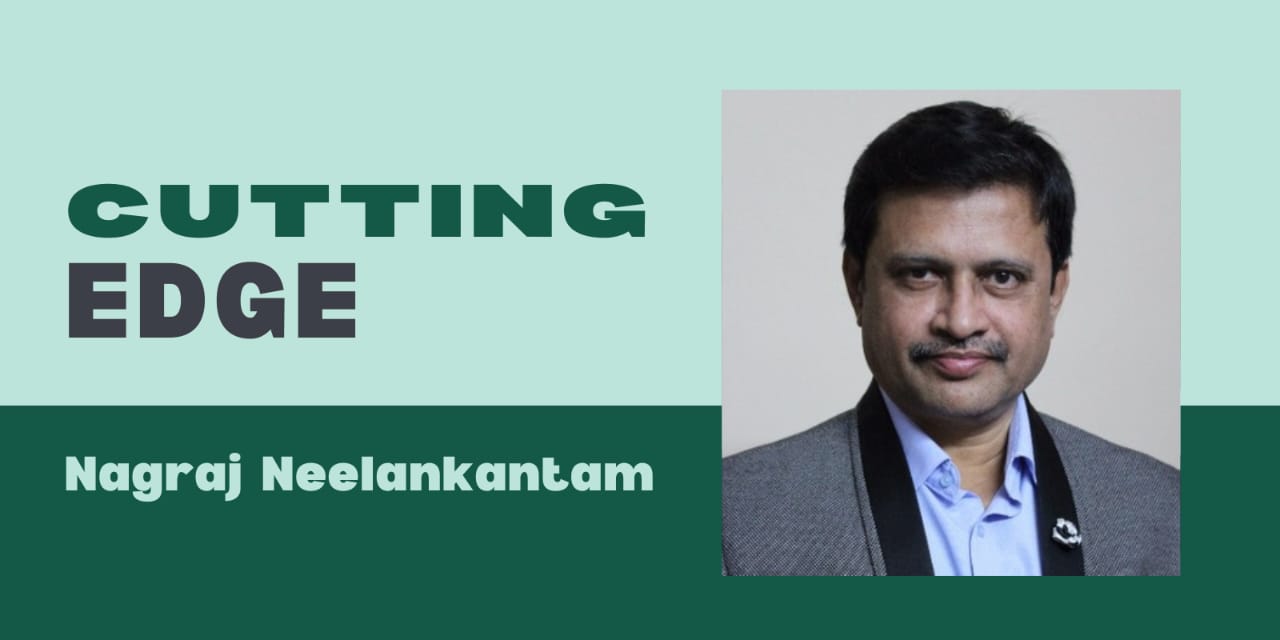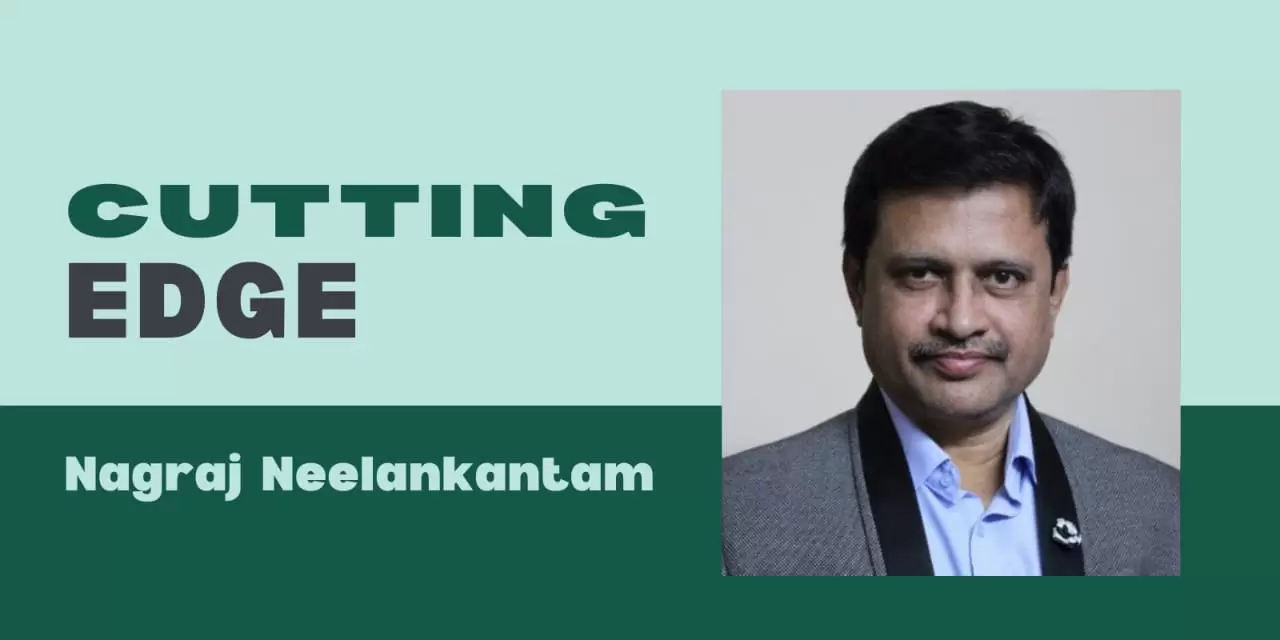Nagaraj Neelakantam
In the cavernous corridors where the heartbeats of nations echo, few moments resonate strongly enough to shake the established order. The Hungarian Institute of International Affairs’ report on Operation Sindoor does precisely that—ripping away facades and laying bare truths often concealed within the arsenal of state diplomacy. What unfolds is not merely an account of military might or strategic finesse, but a narrative that captures the evolving spirit of India’s response to adversity. It is a tale that compels both the awakened citizen and the thoughtful policymaker to pause, reflect, and reconsider the trajectory of South Asia’s security landscape.
The release of the Hungarian report marks an inflection point in the global understanding of the cross-border crisis and India’s counter-terror mission dubbed “Operation Sindoor.” Its explicit detail startled regional analysts and international observers alike, exposing the limitations, half-truths, and propaganda that had long dominated Indo-Pakistani discourse. Hungary’s analysis did not merely chronicle events—it dissected the very fabric of the strategies at play, with a methodical rigour usually reserved for forensic investigations rather than diplomatic briefings.
Operation Sindoor emerged from the ashes of a cruel terrorist attack in Pahalgam’s April 2025 darkness, where 28 innocent lives were taken. What followed was India’s calculated resolve—a campaign built not on vengeance alone but on a matured doctrine that balanced devastating impact with disciplined restraint. Far from succumbing to indiscriminate retaliation, the Indian Armed Forces deployed upgraded L70 “drone killer” guns and next-generation precision weaponry.
Hungary’s assessment emphasised India’s extraordinary commitment to avoiding civilian casualties—an achievement rarely acknowledged in modern conflict reporting. What distinguished Operation Sindoor, as highlighted by Hungarian analysts, was India’s orchestration: a “masterful control” noted in both the video report and outlets such as India Today Insight. Swift yet deliberate, the operation blended intelligence, tactical innovation, and a deep awareness of international humanitarian expectations. In a world where the old India was expected to absorb attacks endlessly, the New India entered the adversary’s citadel and decisively redefined its reputation.
A central pillar of Hungary’s bombshell was its categorical dismantling of Pakistan’s digital deception campaign. Fake videos, doctored radar visuals, and a flood of misinformation were meticulously peeled apart, exposing not only operational failures but also the broader propaganda machinery. International experts—including those cited by India Today TV—remarked on the persistent resilience of Pakistan’s terror infrastructure. Despite India’s tactical successes, elements rebuilt in the shadows, underscoring the need for sustained vigilance and a multi-pronged counter-terror strategy that extends beyond military operations.

These revelations carry far-reaching implications for global security practitioners and citizen readers alike. The integration of advanced Indian weaponry and tactics stunned international analysts. Yet Hungary’s warning is clear: victory, though celebrated, is never absolute in a theatre where adversaries continually adapt. Complacency is a luxury no nation may afford.
While Operation Sindoor was forged in the crucible of contemporary geopolitics, its moral core is inseparable from India’s cultural ethos. The narrative of entering the adversary’s space to deliver justice is deeply embedded in Sanatani tradition—firm yet measured, guided by dharma rather than unrestrained fury. The Hungarian report subtly acknowledges this underlying force: India’s new strategic posture reflects not only an upgraded arsenal but a mature civilisational confidence that prioritises restraint over reckless escalation.
In this light, spirituality becomes not a cloak for escapism but a compass guiding ethical courage. It reminds both lay readers and seasoned strategists that technology and wisdom can—and must—merge to produce lasting security outcomes.
Further weight comes from expert commentary such as that of strategic thinker Brahma Chellaney, quoted in India Today Insight. He observes that although India imposed significant deterrent costs, terror networks have shown a troubling ability to regenerate. The rise of urban terror modules and sophisticated “white-collar” back-end systems signals emerging challenges that require coordinated responses—not only from government agencies but also from civil society, cultural institutions, and community leadership. The Hungarian report thus serves both as a celebration and a clarion call.
This episode—preserved through journalistic inquiry and expert evaluation—offers lessons not just in tactical mastery but in the enduring power of resilience rooted in tradition. India’s journey from being a perennial target to becoming an assertive force mirrors the Sanatani vision of transformation through conscious effort. In this paradigm, modernity and cultural heritage are not adversaries but co-travellers shaping national destiny.
For the reader—whether first-time observer or seasoned analyst—analyst-the story of Operation Sindoor invites not just admiration but hope. It reminds the world that victories achieved with restraint, clarity, and vision endure far longer than those won by brute force. Hungary’s report does not close a chapter; it turns a decisive page, setting forth a new paradigm for South Asia—a narrative now as familiar to the common citizen as it is indispensable to the corridors of power.





